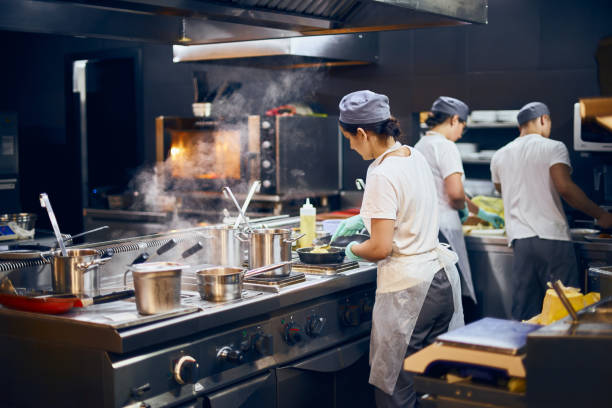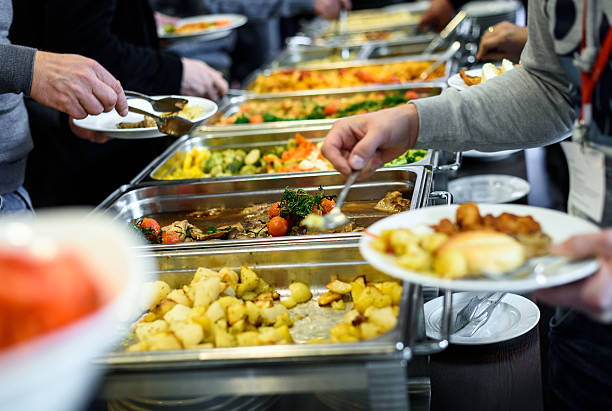If you love wine, you’ve probably had thoughts of learning how to make homemade wine!
Many of us remember our parents making wine and perhaps for some it wasn’t such a fond memory, especially when as a kid you weren’t old enough to drink wine. Did you have to pick dandelions for your dad’s dandelion wine? If so, I can empathize with you because so did I. We lived in the country where dandelions grew abundantly and freely, unlike my suburban lawn today where the sight of even one dandelion becomes the neighborhood eyesore.
Hopefully, your tastes in wine, like mine, have matured and taken on new levels of wine appreciation, opting for the sophisticated flavors and aromas of red wine types like Cabernet Sauvignon, Merlot, and Zinfandel or those found in white wine types, such as Chardonnay, Pinot Grigio, or Moscato – none of which requires us to pick dandelions if we want to indulge in some wine making of our own.
Learn How to Make Homemade Wine that Tastes Great!
You are probably wondering if the homemade wine will taste any good, and it will be helpful to know that award winning homemade wines do exist and are quite easy to make. Homemade wine can yield the same excellent complexity, flavor, and aroma of many vineyard wines.
The following information provides you with the wine making supplies and instructions for making that award winning bottle of wine. The instructions are easy to follow, but to make a good tasting wine requires a bit of aging. So, we must patiently wait for our wine to ferment properly, which can take 3-6 months or longer. The wine will be ready to bottle after one month and could be drinkable in another month, but longer might result in a better tasting wine, particularly with red wine.
I know it will be difficult to wait, but it will be worth it! You can label your wine, naming it after yourself, your dog, a certain whimsy, or anything else that meets your fancy.
How to Make Homemade Wine – Wine Making Kit
To learn how to make homemade wine, I think it’s best to start with a wine making kit. There are a number of websites that sell the kits. Many of the kits are quite nice as they come packaged with reusable equipment, quality ingredients, and easy-to-follow wine making instructions.
You could make homemade wine from scratch, without using a kit, but you’d still have to purchase some basic wine making supplies, the fruit juice, wine yeast, sanitizers, etc. If you purchase a wine making kit, all of the items that you need to make wine at home are included.
How to Make Homemade Wine Simple Recipe – Let’s Get Started!
For beginners, it’s best to start with a small batch of wine. We’ll use the following simple recipe to make our wine, and it can be adjusted for dryness or sweetness depending upon your tastes.
Wine Making Ingredients
1 1/2 Quarts (48 oz.) 100% grape juice: white, red, or blue grape juice* at room temperature between 65 and 75 °F
1/2 package dry yeast**
2 1/2 Quarts cool water
3 1/4 Cups sugar (for a sweeter wine add up to 5 cups of sugar)
*Make sure that the juice doesn’t have potassium sorbate in it, it will prevent the fermentation process from occurring properly. We will, however, add potassium sorbate later in the process to add stability to the wine. You can purchase concentrated “wine grape” juice (i.e., the juice from Cabernet Sauvignon, Merlot, Chardonnay grapes) from wine making suppliers and that would really be the best juice to use. However, for a first attempt at how to make homemade wine, you may want to stick with the frozen concentrate from the grocery store.
** You can get wine yeast from a wine making supplier, but some winemakers use bread yeast. If you get wine yeast, refer to the yeast packaging for the proper amount to use.
Wine Making Supplies
As you learn how to make homemade wine, you will also learn that many wine making supplies are reusable, which cuts down on the cost of making it. You will need the following basic equipment and supplies, many of which you can get at a wine supply store online, along with books on how to make homemade wine.
Chlorinated detergent sanitizer
1 lidded primary fermentation vessel (a bottle, vat, or bucket that holds more than the carboy)
1 gallon carboy (a glass or plastic container used to hold acidic liquids, like wine)
Siphoning tube
1 bung and airlock (used in fermentation to allow carbon dioxide to escape from the carboy and protects wine from outside dust or other contamination)
1 hydrometer (measures sugar, gravity and alcohol in wine)
Stabilizers – one package of metabisulphite and one package of potassium sorbate)
1 thermometer
Wine bottles and screw caps
How to Make Homemade Wine Step-by-Step
How to Make Homemade Wine Phase 1 – Initial Fermentation
Steps:
Sanitize primary fermentation vessel – to prevent wine contamination and spoilage, do not skip this very important step.
Place juice, sugar, and yeast into the sanitized primary fermentation vessel, and mix it gently, but well, with a wooden spoon or place the cover on it and gently shake it.
Fill the remaining space in the vessel with water, leaving 1/2″ at the top.
Using a hydrometer, measure gravity; you should get a reading anywhere from 1.070 to 1.080.
Place the lid on the primary fermenter.
Put fermenter in a location that keeps a temperature in the range of 65-75 °F. Within 48 hours fermentation begins.
How to Make Homemade Wine Phase 2 – Second Fermentation
On the 7th day, transfer wine to the carboy in the following way:
Steps:
Sanitize carboy and siphoning materials – to prevent wine contamination and spoilage do not skip this very important step.
Using the siphoning tube, siphon the wine into the sanitized carboy without disturbing sediment in the primary fermentation vessel. You will want to keep any sediment in the primary fermentation vessel. Upon siphoning, you will most likely see extra space (due to the sediment left behind) in the carboy, but don’t top it off just yet.
Using a hydrometer, measure gravity; you should get a reading of 1.010 or less.
Attach bung and air-lock to carboy (read air-lock directions for attachment – fill halfway with water).
Leave carboy in fermentation area for 10 days.
How to Make Homemade Wine Phase 3 – Stabilizing
On the 17th day, re-measure the wine’s gravity; you should get a reading of 0.996 or less. Re-check the gravity the next day to verify that the wine has a stable reading. Repeat this process until the wine has two consecutive days of stable gravity.
Stabilization:
Check the temperature of the wine to ensure that it is between 65 and 75 °F. If the temperature is below this range, the wine may be slow to stabilize and you may have high levels of carbon dioxide (CO2). If the reading is not in the appropriate range, either adjust the heat in the fermentation area or move the wine to an area with the appropriate temperature.
If the wine is not clear, it may be caused by too much CO2. To adjust this, add the stabilizers: 1 package of metabisulphite and 1 package of potassium sorbate to one-half cup cool water and mix to dissolve. Then add the mixture to the carboy, stirring vigorously for a couple minutes to distribute stabilizers and break up the CO2.
Add water to top off carboy up to 2 to 5″ of the carboy’s neck.
Re-attach airlock.
Allow the wine to clarify for 8 days.
How to Make Homemade Wine Phase 4 – Clarification and Bottling
On the 25th day of your how to make homemade wine adventure, check for wine clarity.
Draw a sample of wine into a glass and examine it under good lighting. If the liquid isn’t absolutely clear, leave it alone for 7 more days. Cloudy wine won’t clear after bottling, so don’t bottle the wine until it’s completely clear.
When the wine is completely clear, siphon it into sanitized wine bottles, and then seal the bottles with a screw cap.
If you use a screw cap, you can leave the bottles standing upright; if you use a cork, you must leave the bottles standing upright for 3 days, and then lay them down on their side, elevating them, as with a wine rack, to keep the cork moist; otherwise the cork will dry out and air will seep into the wine and contaminate it.
And now is where your patience will reward you. Now that you’ve learned how to make homemade wine, your delicious wine will benefit much by allowing it to become even more delicious by aging it in the bottle for at least 3 months!




